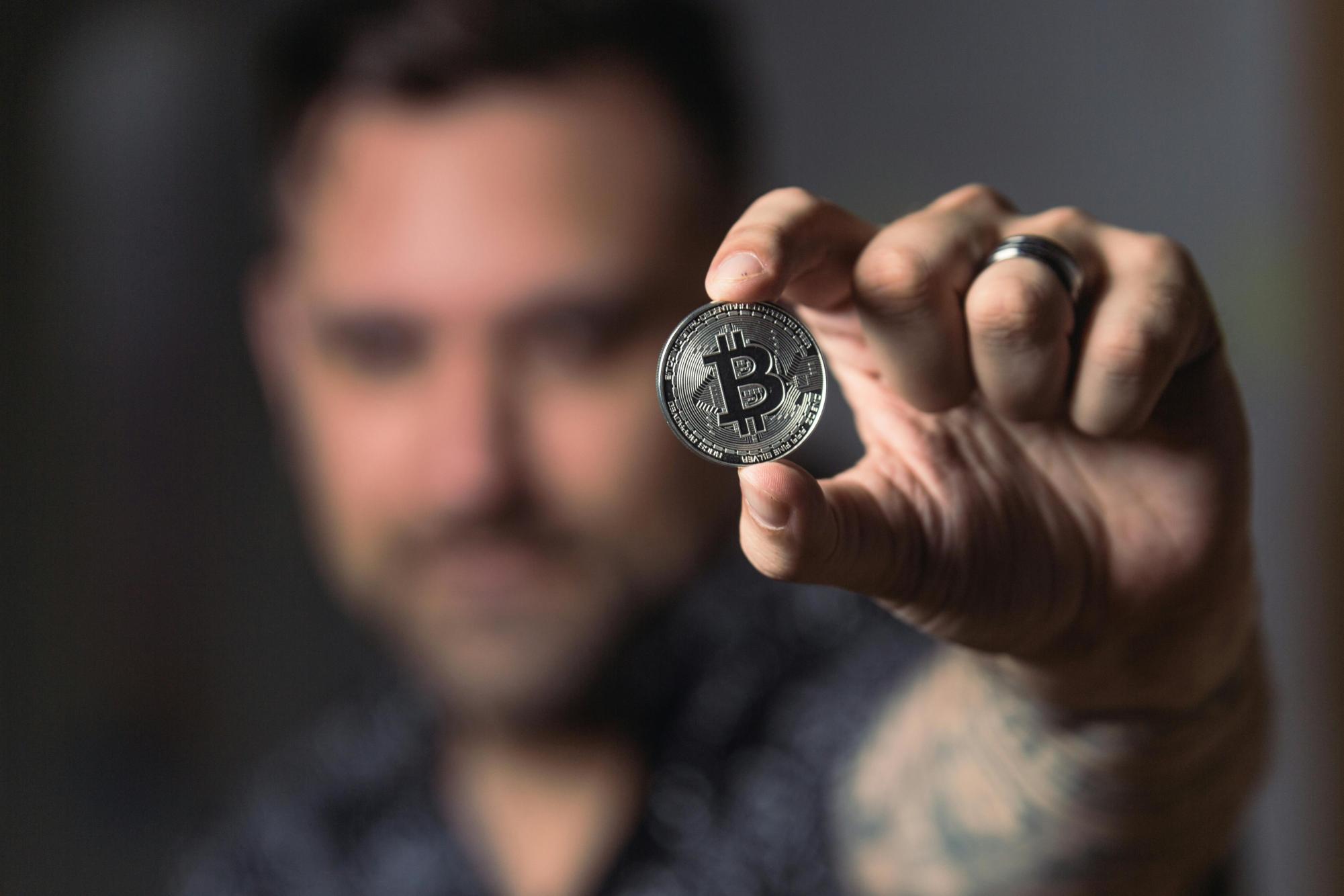
The initial developer forums around XRP weren’t glamorous, but they sparked ideas that redefined how cryptocurrency communities build, argue, and adapt. Those text-heavy threads forged a blueprint for collaboration that still echoes across the digital economy.
Before glossy exchanges and influencer livestreams, there were plain text forums with slow replies and passionate debates. The early XRP community didn’t just build software—they built a philosophy of decentralized problem-solving that would become crypto’s default operating system.
If you’ve ever wondered why crypto feels simultaneously chaotic and self-organizing, the answer lies in those old message boards where strangers stayed up typing about code, consensus, and possibility. In that early chatter, XRP found its rhythm: a network learning to walk before the market cared to watch.
The earliest XRP threads were less about hype and more about curiosity. Developers debated whether consensus could replace mining, whether ledgers could close faster than Bitcoin’s ten-minute blocks and how to prevent double-spending without wasting energy.
These exchanges, archived in developer logs and community records, laid the groundwork for the XRP Ledger’s performance-first design.
They weren’t just coding; they were testing trust. Every disagreement became a lesson in transparency. No CEOs handed down orders, just open debates and public code commits. That collective belief, that good ideas can come from anywhere, shaped modern crypto governance long before “decentralized” became a buzzword.
Today, that DNA remains visible. Developer-led proposals, validator discussions and improvement plans reflect those first exchanges rather than repeat them. What started as scattered chats became one of crypto’s most influential collaborative models.
Not many thought those initial debates would control how blockchains develop around the globe. However, the XRP community set the example that later networks, including Polygon, Solana and Avalanche, followed, debating as an open protocol design.
Discussions about ledger synchronization, the volume of transactions and node participation guided XRP’s quest for speed and efficient consensus. Those arguments never took a theoretical stance; they populated a laboratory that experimented with the limits of decentralization, keeping speed constant.
According to statistics from the Binance exchange, XRP currently has a market cap value of around US$121.39 billion and a volume traded in the last 24 hours of around US$3.16 billion. These statistics illustrate how an open-source debate evolved into a global digital infrastructure.
Yet, as markets become brighter and bolder, the collaborative ethos endures. It saw XRP through the thick of forks, code rewrites and outsider criticism, advancement driven by shared conversation, not dictation.
The market that XRP helped shape remains volatile and fast-moving.
As noted by Binance Research, “The total crypto market cap lost more than US $300 billion this week, falling to US $3.7 trillion towards the end of the week. Riskier assets like altcoins fell the most, with Ethereum falling over 13% and Solana by 20%. BNB fell only by ~3% while BTC slipped ~6%.”
Those shifts remind all that markets move faster than even early architects imagined. Yet the foundation built by those early XRP contributors, transparency, technical scrutiny and adaptability, continues to help the network weather each storm.
Amid such turbulence, XRP’s core lesson remains timeless: conversation scales better than command. When markets swing billions overnight, the healthiest protocols are those with communities ready to talk, test and rebuild.
The old XRP boards weren’t just technical spaces but cultural incubators where curiosity met discipline. The people behind those usernames learned that decentralization isn’t a slogan, it’s a process that requires patience, accountability and an openness to being wrong in public.
Every argument about protocol rules doubled as a lesson in social coordination. These weren’t just coders but early network anthropologists experimenting with how trust could exist without hierarchy.
They established a few norms that now guide most of crypto’s serious projects:
That spirit of shared responsibility helped define collaboration in digital ecosystems. Open discussion became a safeguard against centralization, while visible progress nurtured belief in collective problem-solving.
Those lessons became templates for later blockchain frameworks, including today’s systems, like Ethereum’s EIPs (Ethereum Improvement Proposals) and Cardano’s community governance.
Newer DAOs experimenting with self-rule draw their philosophical roots from those early XRP discussions that treated conversation as infrastructure and transparency as the most valid form of leadership.
Scoot around any current crypto GitHub or dev Discord and the family tree is evident. Lurking behind every code commit and merge request lies the same collaborative urge that drove those initial XRP builders. Ideas, shared gratuitously, continue to define the tech everybody uses.
Headlines this morning may fawn over charts and market cap, but the actual DNA of crypto remains set in ink, not pixels. XRP’s parents weren’t coding code but cultivating a spirit that values cooperation, not control.
Their imprint endures in each clear-as-glass proposal and public repository. Innovation starts where it once did: in collaborative curiosity, frank debate and the boldness to build together, as those initial developers once did in threads that significantly altered the world.
